News Release
Date: October 25, 2019
Contact: Kyle Joly, 303-969-2746
ANCHORAGE, Alaska— Alaska is known for its large populations of free-ranging wildlife. Many Alaskans take great pleasure in the opportunity to hunt, photograph or just view them. People journey from around the world come to parks such as Denali in the hopes of spotting animals such as wolves and caribou. Caribou, in particular, are often credited with the longest terrestrial migrations in the world, though without much scientific support. An international team of scientists, including Kyle Joly (National Park Service), Elie Gurarie (University of Maryland) and Mark Hebblewhite (University of Montana), gathered GPS collar data from around the world to address the question: which large terrestrial mammal migrates the farthest in the world? Long-distance migrations are threatened around the world, yet are critical for the conservation of many iconic species. Recognizing that not all mammals migrate between ranges, the team also determined how far these mammals moved during the course of a year.
The team’s findings have just been published in the journal Scientific Reports. In their work, the team measured 2 metrics of movement: round-trip migration distance (distance between the start and end of migration) and total annual movement (total distance the animal moved in a year from GPS collar data). Caribou, from numerous populations, were indeed found to have the longest existing migrations, with the round-trip distances exceeding 745 miles (1,200 km). Surprisingly, a few species such as gray wolves and khulan (Mongolian wild ass), while not migrating in a regular manner like caribou, travelled even greater annual distances. A gray wolf from Mongolia captured the title of top terrestrial mover, having traveled 4,503 miles (7,247 km) in a year; further than a walk from Prudhoe Bay to Anchorage….and back….three times in a row. "What was fascinating about this study is how quickly it escalated. What started as a narrow effort to set the record straight on caribou migration morphed into this globe-spanning survey of long-distance movement - and then touched on all kinds of ecological relationships, between predator and prey, habitat features, and human impacts." says Dr. Gurarie.
The team discovered interesting patterns among these big movers. First, not only can predators keep up with their prey, they are often required to move much more in the course of their search for a meal. In Alaska, gray wolves moved more than caribou or moose. Second, small prey animals from the same region tended to move more than larger ones. For example, caribou moved more than moose in Alaska, wildebeest more than zebras in the Serengeti, and khulan more than wild camels in Mongolia. One possible explanation of this pattern is that large animals are capable of using lower quality food sources which are more abundant, and this allows them to move less overall. Lastly, higher movement rates by herbivores were associated with lower vegetative productivity. The less food that was available, the more they moved, likely to acquire sufficient resources. The greatest movements were found in areas of very low human disturbance, which highlights the effects of habitat fragmentation and human development. Dr. Hebblewhite notes that “One of the most amazing aspects of this study is the simple fact that large mammals, from around the globe, need so much habitat to move. Seasonal migrations, predator-prey dynamics, and the need to obtain food drive these astonishing long-distance movements. Our study builds on a growing body of science that show human activity can negatively affect animal movements and populations, and our work emphasizes the need to maintain core habitats and connectivity to keep these animals on the move.”
Find their report here (www.nature.com/articles/s41598-019-51884-5) to read more about their work in detail or view a National Park Service overview here (www.nps.gov/articles/worldmigration.htm).
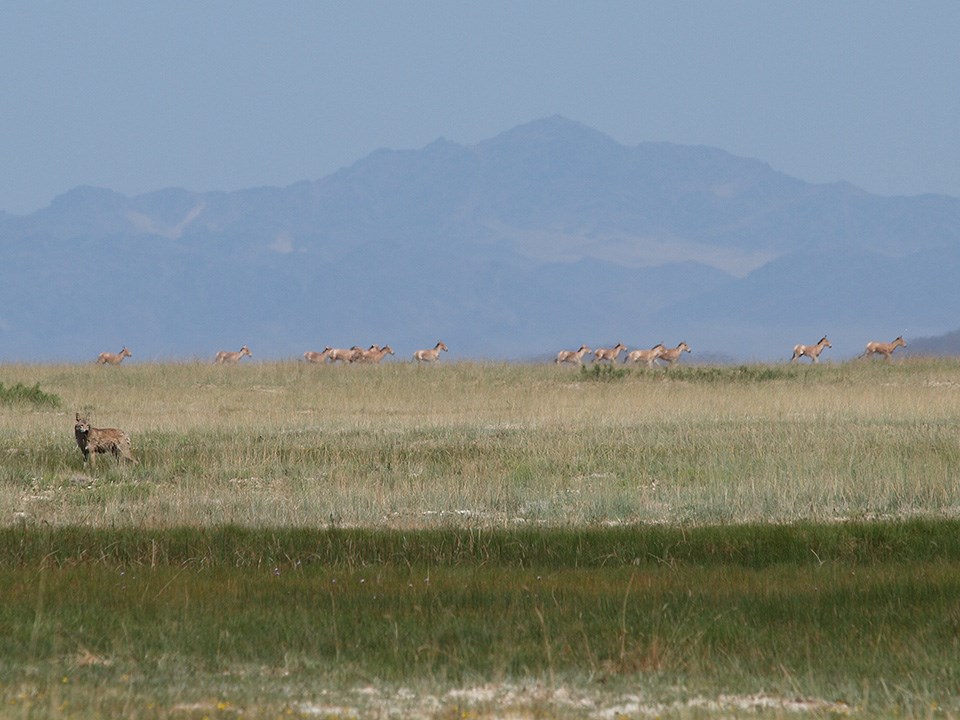
Photo: Dejid Nandintsetseg
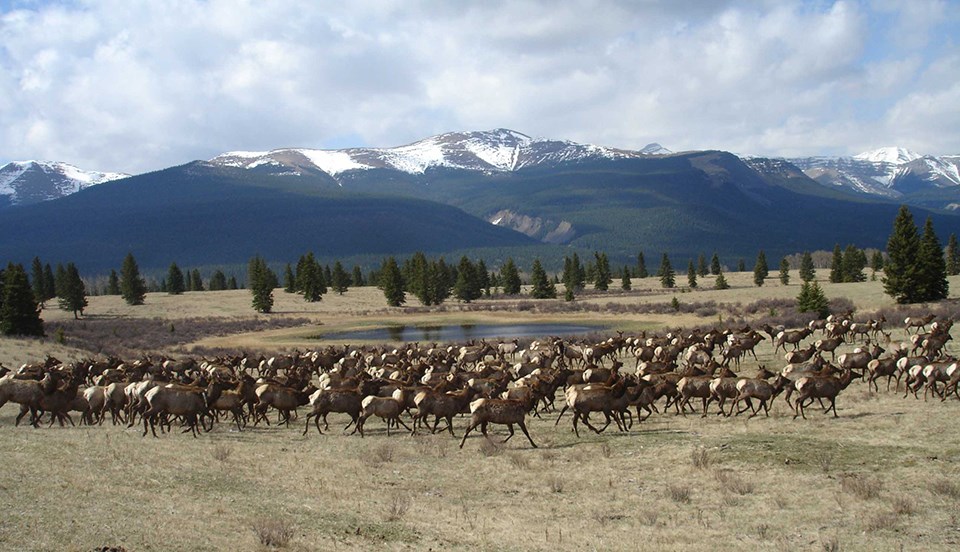
Photo: Holger Bohm
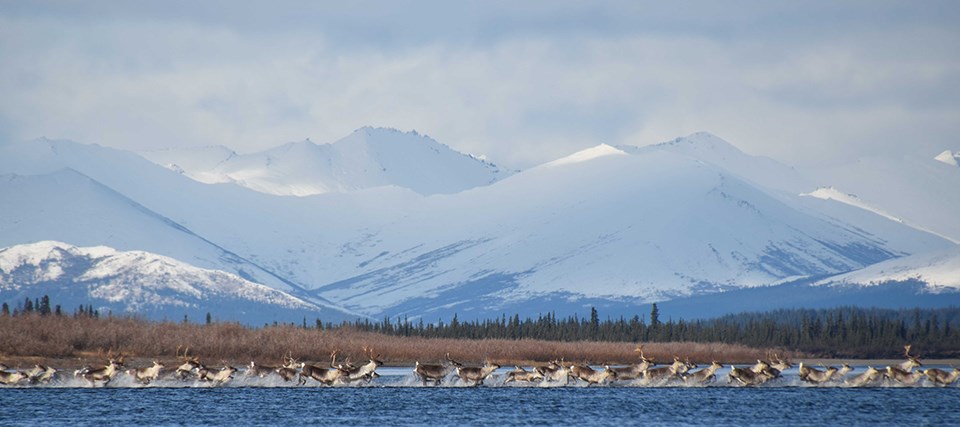
Photo: NPS/Kyle Joly

Photo: Petra Kaczensky
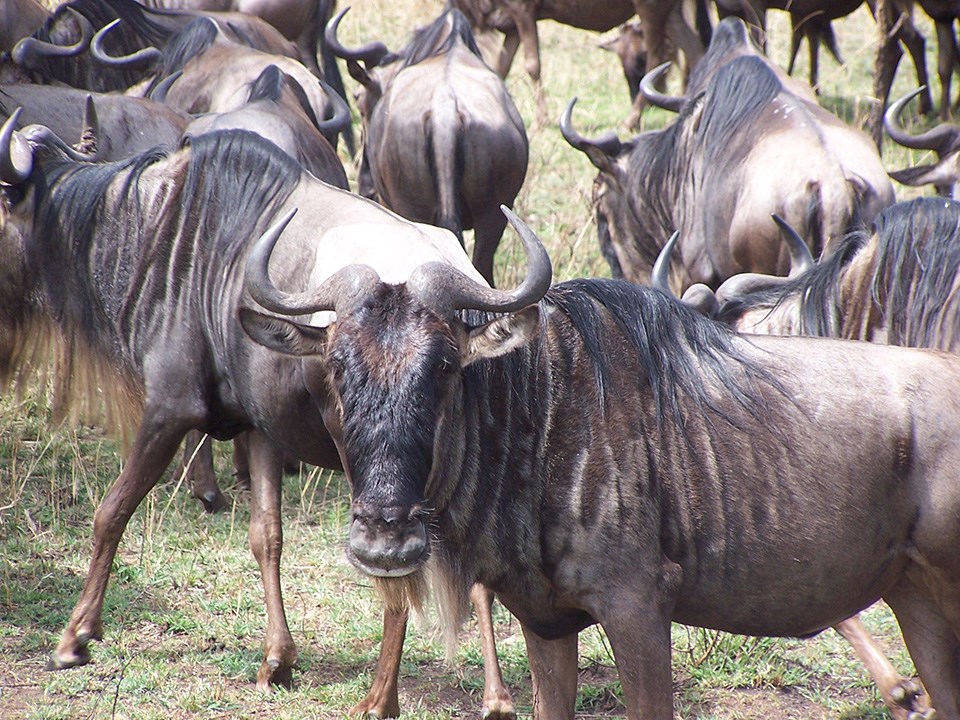
Photo: NPS/Kyle Joly
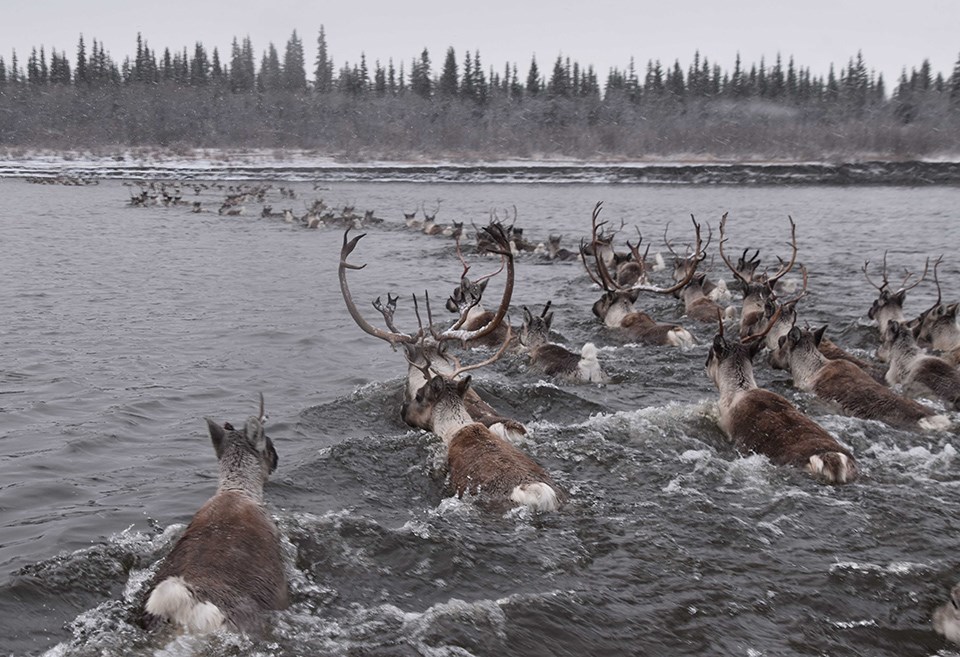
Photo: NPS/Kyle Joly
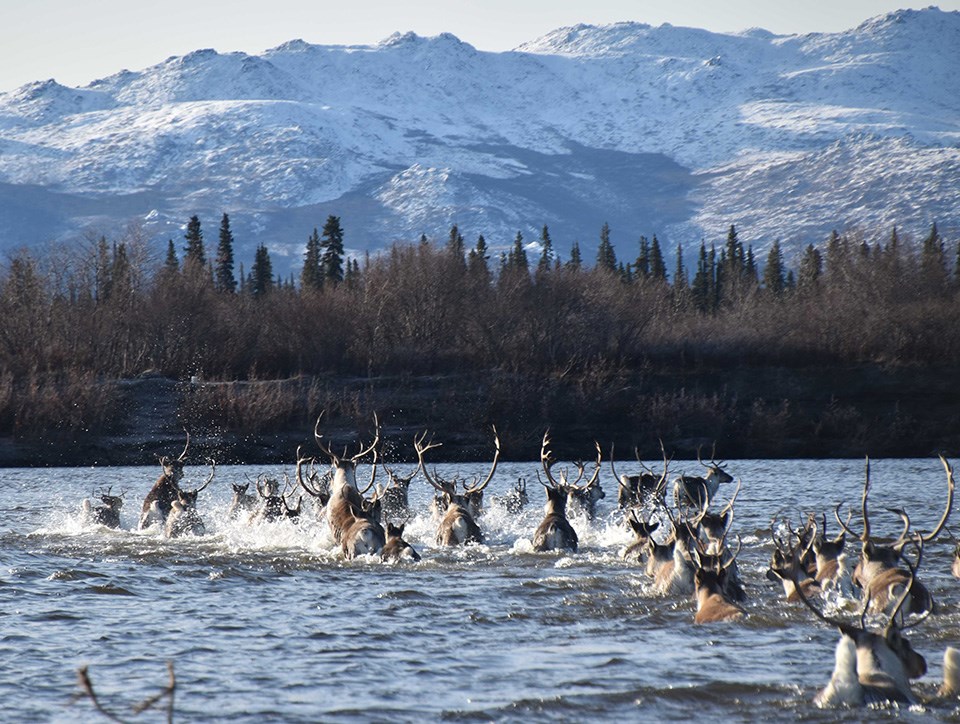
Photo: NPS/Kyle Joly
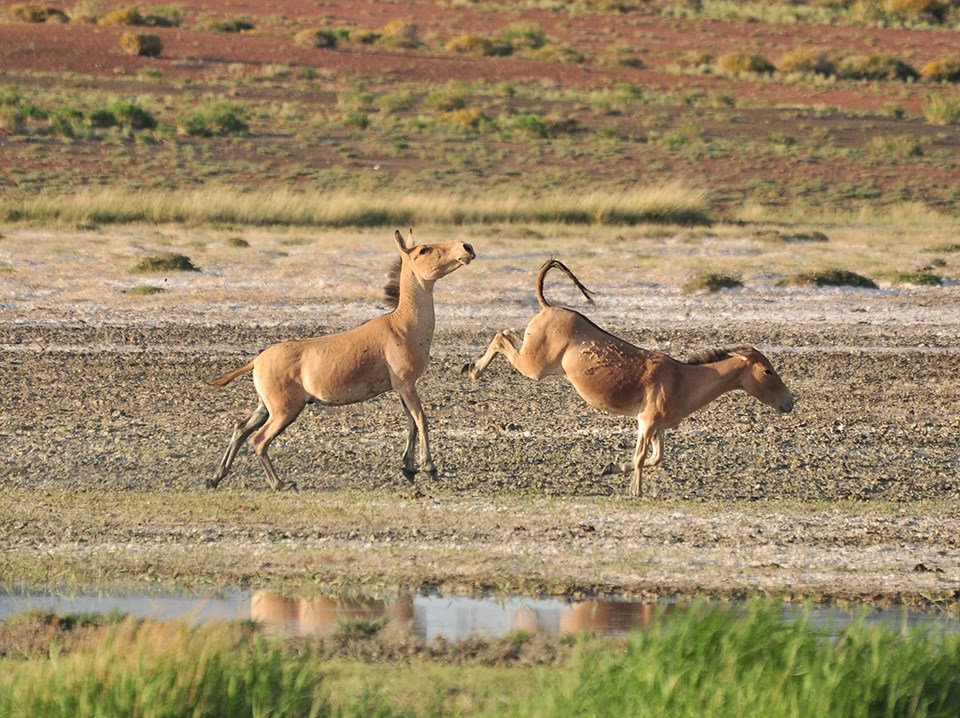
Photo: Petra Kaczensky
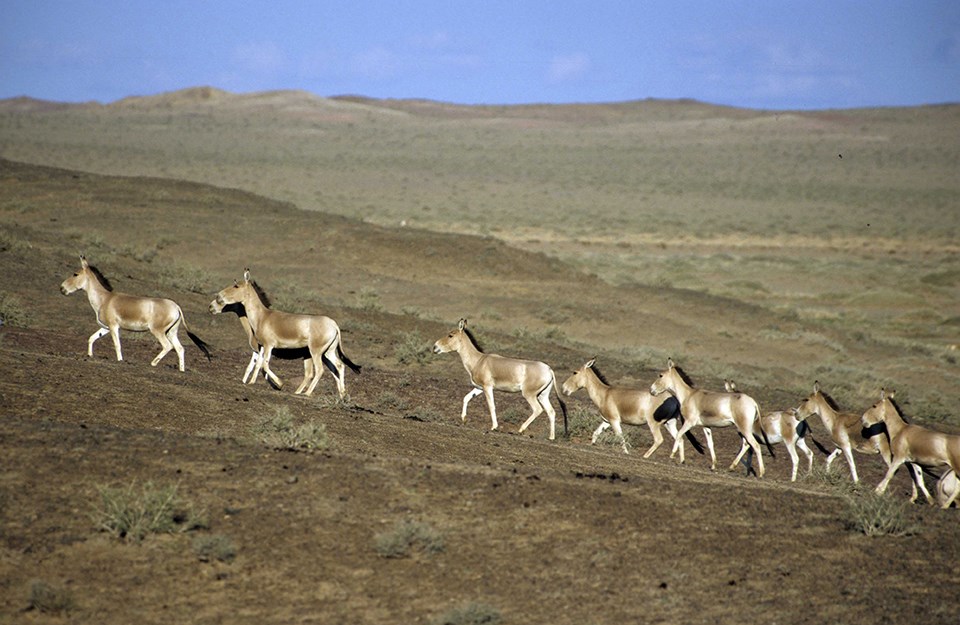
Photo: Petra Kaczensky
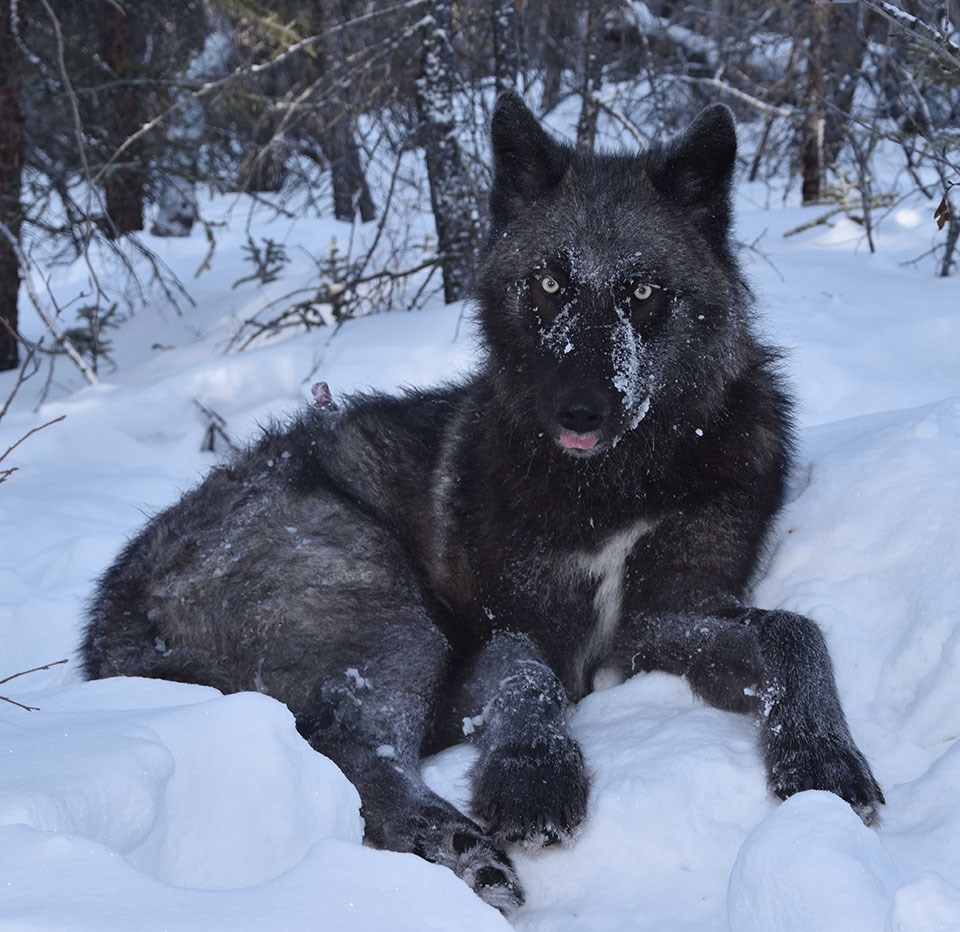
NPS/Kyle Joly
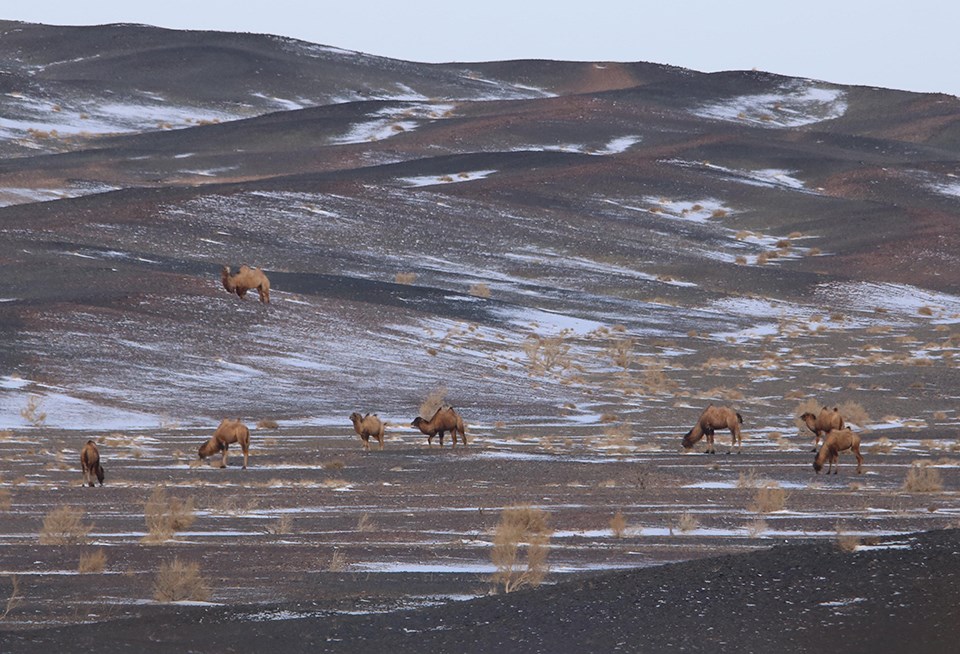
Photo: Adiya Yadamsuren
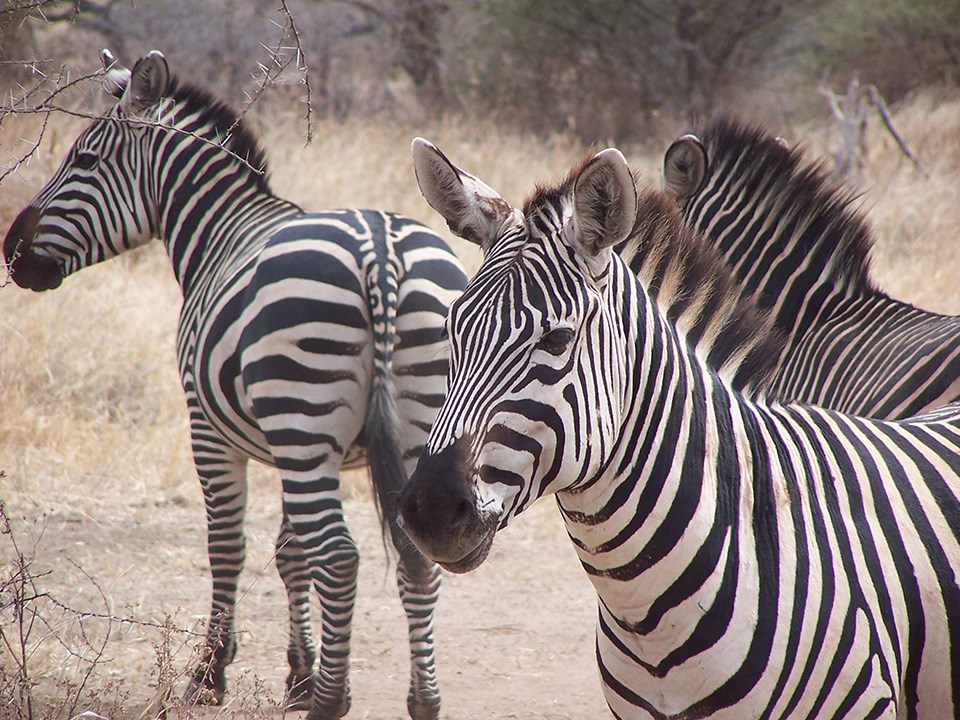
Photo: NPS/Kyle Joly
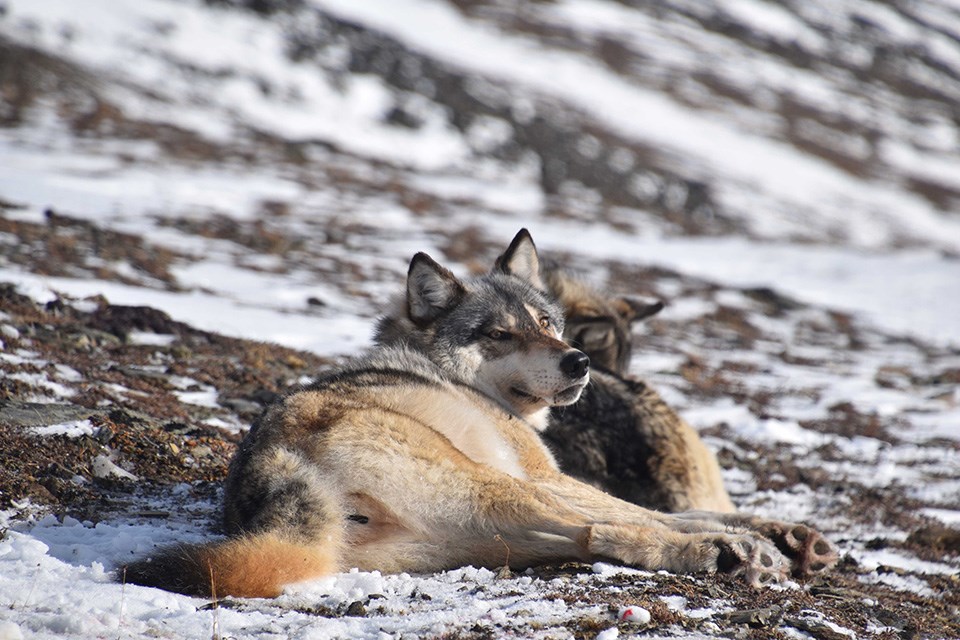
Photo: NPS/Kyle Joly
Last updated: October 25, 2019
